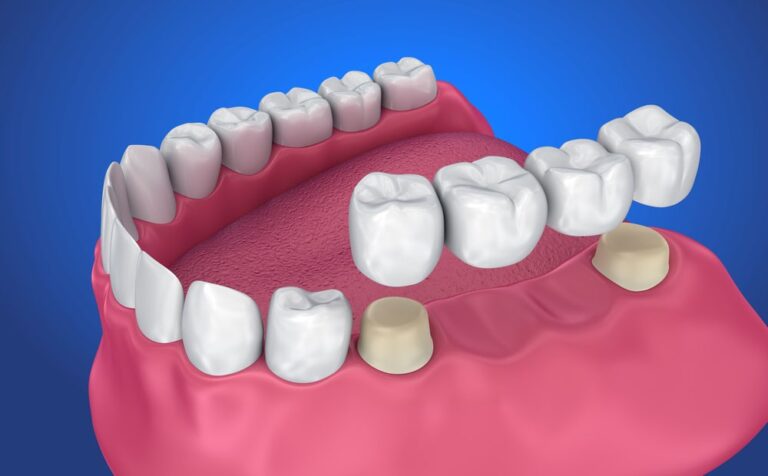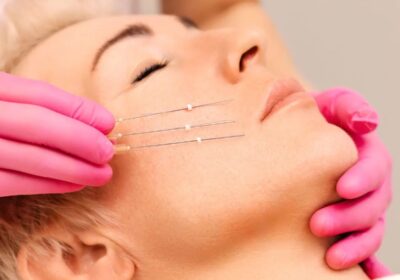The Rise of Tele-dentistry and Remote Oral Care Consultations
In recent years, technological advancements have revolutionized various industries, including healthcare. One of the significant transformations is in the field of dentistry, where the rise of tele-dentistry and remote oral care consultations has brought unprecedented convenience and accessibility to patients. As more people embrace virtual health services, the growth of tele-dentistry reflects a broader trend toward digitized healthcare, enabling patients to receive oral care guidance without needing to visit a physical dental clinic.
This article explores the rise of tele-dentistry, its benefits, the technology behind it, and its impact on oral health care.
What is Tele-dentistry?
Tele-dentistry refers to the practice of delivering dental care and consultation remotely through the use of technology. It allows dental professionals to offer advice, diagnosis, preventive care, and treatment planning to patients via video conferencing, secure messaging, and other digital communication platforms. Tele-dentistry can be synchronous (real-time video calls) or asynchronous (store-and-forward methods where images and information are sent for evaluation at a later time).
This model of care is particularly beneficial for consultations, follow-up appointments, and preventive care, which do not always require in-person visits. However, it’s important to note that while tele-dentistry can provide essential guidance and evaluation, certain procedures, such as fillings, extractions, and cleanings, still require physical visits to a dental clinic.
Factors Contributing to the Rise of Tele-dentistry
Several factors have contributed to the rapid growth of tele-dentistry and remote oral care consultations:
1. Advances in Technology
Tele-dentistry has become increasingly feasible due to advancements in digital communication technologies. High-speed internet, mobile devices, and teleconferencing platforms have made it possible for patients and dental professionals to connect from anywhere. Additionally, dental-specific software and tools have emerged, allowing for secure sharing of dental records, images, and diagnostic data.
2. Increased Demand for Accessible Healthcare
The demand for more accessible healthcare services has grown, particularly among individuals living in rural or underserved areas where access to dental care is limited. Tele-dentistry helps bridge this gap by connecting patients with dental professionals without the need for travel.
3. Pandemic-Induced Shift to Virtual Care
The COVID-19 pandemic significantly accelerated the adoption of telehealth across all medical fields, including dentistry. With dental offices closed or operating at limited capacity during the early stages of the pandemic, tele-dentistry provided a safe and efficient way for patients to receive oral care advice while minimizing the risk of infection.
4. Cost-Effective Care
Tele-dentistry can reduce costs for both patients and dental practices. For patients, it eliminates the need for travel and time off work, while dental offices can streamline services, reduce overhead, and allocate in-person visits to those with more complex needs. The efficiency of tele-dentistry allows for quick consultations that save time and money for both parties.
The Benefits of Tele-dentistry
The rise of tele-dentistry has brought numerous benefits to patients and providers alike:
1. Convenience
One of the most significant benefits of tele-dentistry is its convenience. Patients can consult with their dentist chicago from the comfort of their home, without the need for travel, long waiting times, or the need to take time off work. This ease of access can encourage more individuals to seek preventive care, leading to better oral health outcomes.
2. Improved Access to Care
For those living in remote areas, elderly patients, or individuals with disabilities, accessing dental care can be challenging. Tele-dentistry offers a solution by bringing dental professionals directly to them. Patients who might have otherwise skipped dental appointments due to logistical barriers can now receive care more easily.
3. Early Diagnosis and Preventive Care
Through remote consultations, dental professionals can identify potential issues early on, such as cavities, gum disease, or oral infections. This early intervention can prevent more severe complications and costly treatments down the road. Patients also benefit from ongoing preventive care advice, helping them maintain better oral hygiene.
4. Continued Care During Emergencies
Tele-dentistry proved invaluable during the COVID-19 pandemic when many dental offices were closed or could only handle emergency cases. Remote consultations allowed dentists to provide care recommendations for issues like toothaches, broken teeth, and gum infections. By guiding patients on immediate steps to take or advising them on whether an in-person visit was necessary, tele-dentistry helped manage oral health emergencies during difficult times.
The Technology Behind Tele-dentistry
The success of tele-dentistry relies on the integration of various technologies. Some key elements include:
- Video Conferencing Platforms: Secure, HIPAA-compliant video platforms are essential for real-time consultations. These systems ensure patient privacy while allowing seamless communication between patients and dental professionals.
- Digital Imaging Tools: Many tele-dentistry platforms integrate digital imaging tools, allowing patients to upload photos or x-rays for remote evaluation by their dentist. These images are crucial for diagnosis and treatment planning.
- Artificial Intelligence (AI): AI-powered tools are emerging in tele-dentistry to assist with diagnostics. For example, AI software can analyze dental images to detect early signs of cavities, gum disease, or other oral health issues, providing dentists with valuable insights.
- Cloud-Based Record Systems: Electronic Health Records (EHRs) enable dentists to access patient histories, treatment plans, and diagnostic images remotely, allowing for continuity of care across virtual and in-person visits.
Challenges and Limitations
While tele-dentistry offers numerous benefits, it does have some limitations:
- In-Person Procedures Are Still Necessary: Certain dental treatments, such as fillings, extractions, and professional cleanings, cannot be done remotely. Tele-dentistry is most effective for consultations, diagnosis, and follow-up care, but hands-on treatment still requires a physical visit to the dentist.
- Technological Barriers: Not all patients have access to the necessary technology, such as high-speed internet or smartphones, which can limit their ability to participate in tele-dentistry consultations. Additionally, some older patients may not be comfortable with using digital platforms.
- Insurance Coverage: While tele-dentistry is becoming more accepted, not all insurance providers fully cover virtual consultations. Patients should check with their insurance to understand what services are covered.
- Conclusion: The Future of Tele-dentistry
The rise of tele-dentistry marks a significant shift in how dental care is delivered, making oral healthcare more accessible, convenient, and cost-effective. While it cannot replace in-person visits for hands-on treatments, tele-dentistry offers a valuable solution for consultations, diagnosis, and preventive care. As technology continues to evolve, tele-dentistry will likely become an even more integral part of modern dental practice, ensuring that more people have access to the care they need for a healthy smile.
By embracing this digital transformation, the dental industry can enhance patient outcomes and reshape how oral care is delivered, making it more adaptable to the changing needs of society

















